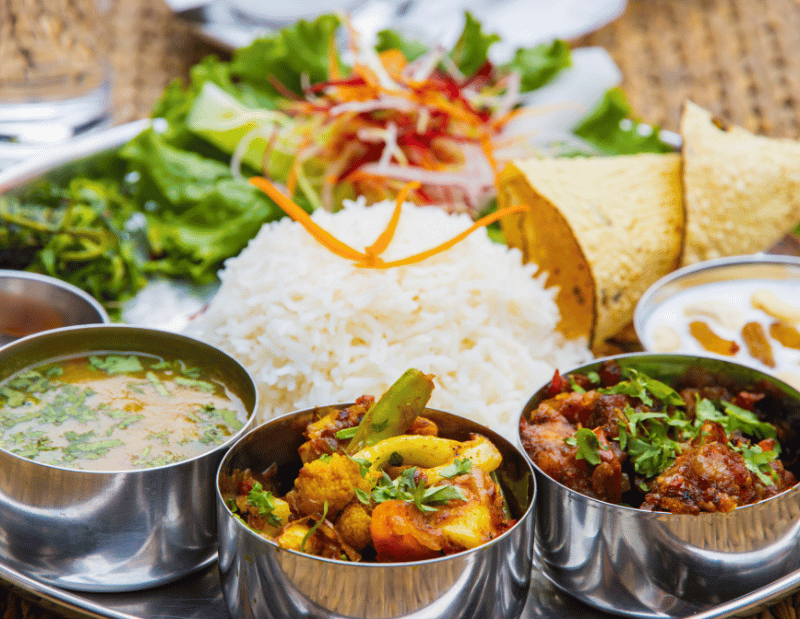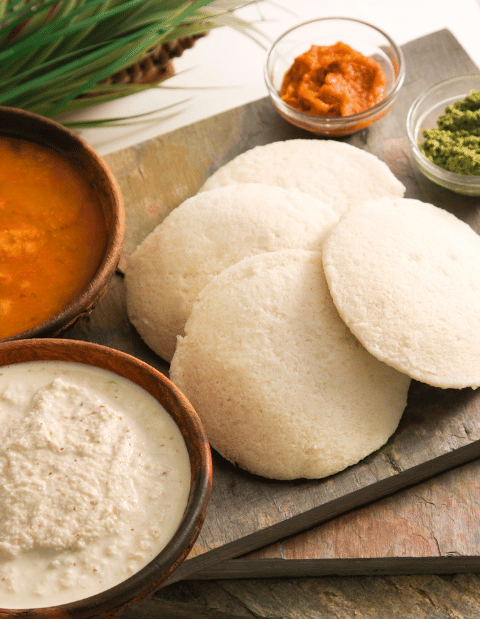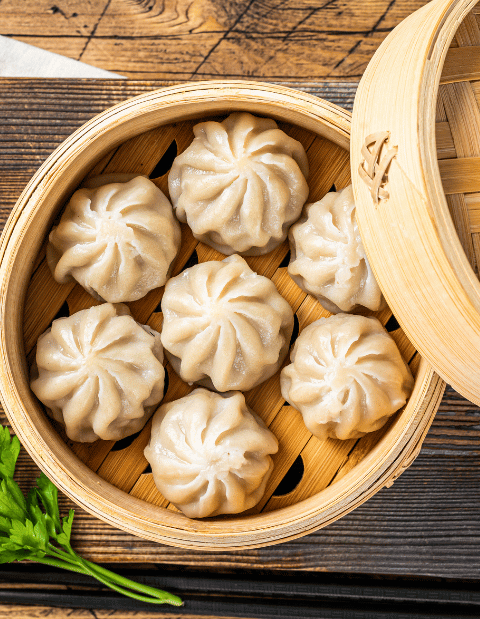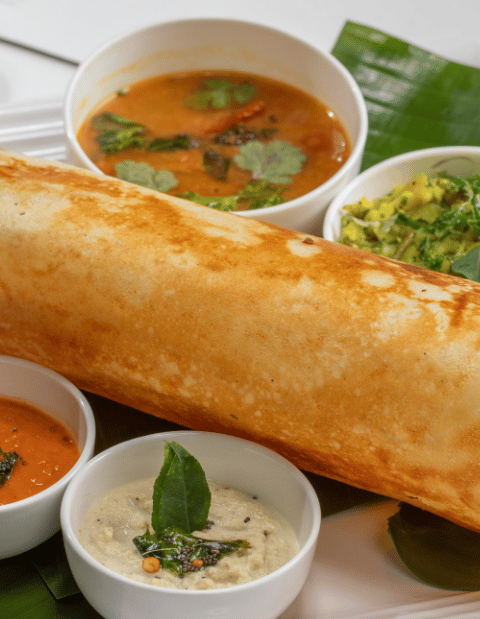Nepal, a beautiful and diverse country nestled in the heart of the Himalayas, is known for its rich culture and traditions. And when it comes to food, there is no dish more iconic and beloved than Dal Bhat. Considered the national dish of Nepal, this simple yet hearty meal has been a staple in Nepali households for generations. In this blog post, we will delve into the history, preparation, and health benefits of Dal Bhat, and discover why it is a must-try for any food lover. So sit back, grab a bowl, and let’s satisfy our cravings with the Nepalese classic – Dal Bhat. Are you craving for a hearty and flavorful meal that will transport you to the beautiful Himalayan country of Nepal? Look no further than Dal Bhat, the national food of Nepal. This classic dish has been a staple in Nepali cuisine for centuries, and for good reason. Its rich history, simple yet delicious flavors, and numerous health benefits make it a must-try for any food lover. In this blog post, we’ll explore the origins of Dal Bhat, how to make it, and why it’s a beloved dish not just in Nepal but all around the world.
Discovering the Rich History of Dal Bhat in Nepal
Nepal, a country rich in culture and traditions, is home to a dish that holds a special place in the hearts and stomachs of its people – Dal Bhat. The history of Dal Bhat in Nepal is a fascinating journey that showcases the deep-rooted connection between food and Nepalese identity.
Dal Bhat can be traced back centuries, with its origins believed to lie in the Newar community of the Kathmandu Valley. This traditional dish was initially a part of the Newar daily diet and later spread across Nepal, becoming a staple in households throughout the country. Today, it is considered the national dish of Nepal and is served in almost every Nepali restaurant and household.
The name Dal Bhat itself holds meaning and significance. “Dal” refers to the lentil soup, typically made from split yellow lentils or masoor dal, which forms the base of the dish. “Bhat” translates to rice, which is served alongside the dal. The combination of these two simple components creates a harmonious balance of flavors and textures that has become a beloved culinary tradition.
One reason for the popularity and longevity of Dal Bhat in Nepal is its practicality. Nepal is a predominantly agrarian society, with rice being the main staple crop. The availability of rice, combined with the nutritious lentils, makes Dal Bhat a wholesome and fulfilling meal. It provides a good source of protein, fiber, and carbohydrates, which are essential for the active lifestyles of the Nepalese people.
The cultural significance of Dal Bhat goes beyond its nutritional value. It is a meal that brings people together, strengthening familial and social bonds. In Nepalese households, it is common to serve Dal Bhat to guests as a gesture of warmth and hospitality. Sharing a meal of Dal Bhat symbolizes unity and harmony, as everyone partakes in the same dish, breaking bread (or rice) together.
As the years have passed, the recipe for Dal Bhat has evolved, with various regional variations and personal touches. However, the core essence of this dish remains the same – a humble yet hearty meal that embodies the spirit of Nepal. From the rich history of the Newar community to its widespread popularity today, Dal Bhat is a cultural symbol that reflects the diversity and unity of the Nepalese people.
The Inviting Aroma of Dal Bhat: A Step-by-step Guide on How to Make it
Get ready to embark on a delicious culinary journey as we dive into the step-by-step guide on how to make the inviting aroma of Dal Bhat. This iconic Nepalese dish may seem intimidating at first, but fear not! With a little patience and love, you’ll be able to recreate this traditional meal in the comfort of your own kitchen.
Step 1: Gather the Ingredients
To start, you’ll need the following ingredients: split yellow lentils (masoor dal), rice, onion, garlic, ginger, turmeric, cumin seeds, mustard seeds, dried red chili, ghee or oil, and salt. These simple yet flavorful ingredients form the foundation of the dish.
Step 2: Prepare the Dal
Begin by rinsing the lentils thoroughly and soaking them for about 30 minutes. Then, drain the water and set the lentils aside. In a pot, heat ghee or oil and add the cumin and mustard seeds. Once they start to sizzle, add the chopped onion, garlic, and ginger, and sauté until golden brown. Now, it’s time to add the soaked lentils, turmeric, and salt. Stir well, then add water and bring the mixture to a boil. Reduce the heat and let it simmer until the lentils are tender and cooked through.
Step 3: Cook the Rice
While the lentils are simmering, prepare the rice. Rinse the rice and drain the water. In a separate pot, add the rice and double the amount of water. Bring it to a boil, then reduce the heat and let it cook until the rice is fluffy and fully cooked.
Step 4: Serve and Enjoy
Once the dal and rice are ready, it’s time to bring it all together. Place a generous scoop of rice on a plate or bowl, then ladle the dal over the rice. For added flavor and texture, you can garnish with freshly chopped cilantro or a squeeze of lemon juice.
Now that you have mastered the art of making Dal Bhat, take a moment to savor the enticing aroma that fills your kitchen. This traditional Nepalese dish is more than just a meal; it’s a sensory experience that will transport you to the heart of the Himalayas. So grab a spoon, dig in, and enjoy the comforting flavors of Dal Bhat!
Beyond the Flavor: Unveiling the Health Benefits of Dal Bhat
Dal Bhat is not only a delicious and comforting meal, but it also offers a range of health benefits that make it a truly wholesome choice. Let’s dive into the health benefits of Dal Bhat and discover why it’s not just good for the soul, but for the body as well.
First and foremost, Dal Bhat is packed with protein, thanks to the lentils used in the dish. Lentils are a fantastic plant-based protein source, making Dal Bhat an excellent option for vegetarians and vegans. Protein is essential for building and repairing tissues, maintaining muscle mass, and promoting overall growth and development.
In addition to protein, Dal Bhat is also rich in fiber. Lentils are a great source of dietary fiber, which aids in digestion and promotes a healthy gut. Fiber also helps regulate blood sugar levels and keeps you feeling fuller for longer, reducing the risk of overeating and promoting weight management.
Furthermore, Dal Bhat provides a healthy dose of complex carbohydrates through the rice component. These carbohydrates are the body’s main source of energy and are vital for optimal brain function and physical performance.
The spices used in Dal Bhat, such as turmeric, cumin, and mustard seeds, also offer a range of health benefits. Turmeric, known for its vibrant yellow color, contains curcumin, a compound with powerful anti-inflammatory and antioxidant properties. Cumin and mustard seeds are packed with essential vitamins and minerals that support immune function and overall well-being.
Overall, Dal Bhat is a nutritious and well-balanced meal that provides a good mix of protein, fiber, complex carbohydrates, and essential nutrients. It not only satisfies your taste buds but also nourishes your body from within. So, the next time you enjoy a bowl of Dal Bhat, remember that you’re not just indulging in a delicious dish, but also treating your body to a wealth of health benefits.
Concluding Thoughts: Why Dal Bhat Remains a Cherished Delight in Nepal
Dal Bhat, the iconic national dish of Nepal, holds a special place in the hearts and stomachs of its people. But what is it about this simple yet flavorful meal that continues to make it a cherished delight in Nepal?
One reason is its versatility. Dal Bhat can be customized to suit individual tastes and preferences. Whether you prefer your dal spicier or milder, with extra vegetables or lentils, or even served with a side of pickles or yogurt, Dal Bhat can be adapted to cater to your personal cravings. This flexibility allows for a diverse range of flavors and ensures that no two plates of Dal Bhat are exactly alike.
Furthermore, Dal Bhat is a meal that evokes a sense of nostalgia and comfort. The familiar aroma of simmering lentils and fragrant spices instantly transports you back to the cozy kitchens of Nepali households. It is a meal that brings back childhood memories, family gatherings, and the warmth of shared meals with loved ones. This emotional connection to Dal Bhat is what makes it a cherished delight that Nepalese people hold dear.
Additionally, Dal Bhat’s affordability and accessibility contribute to its popularity. With its simple and affordable ingredients, Dal Bhat is a meal that can be enjoyed by people from all walks of life. It is a comforting and nourishing dish that is readily available in street food stalls, local eateries, and high-end restaurants alike. Its widespread availability ensures that everyone can partake in the pleasure of Dal Bhat.
Lastly, Dal Bhat embodies the spirit of Nepal. It is a dish that celebrates the country’s rich cultural heritage, diversity, and unity. Whether you are a native Nepali or a curious traveler, sharing a meal of Dal Bhat with others creates a sense of belonging and camaraderie. It is a reminder that food has the power to bring people together, transcending barriers of language and culture.
In conclusion, Dal Bhat remains a cherished delight in Nepal for its versatility, nostalgia, affordability, and ability to foster unity. This humble yet satisfying meal continues to hold a special place in the hearts and palates of Nepalese people, ensuring that Dal Bhat will remain an enduring culinary tradition for generations to come. So, next time you find yourself in Nepal, be sure to indulge in the delightful flavors of Dal Bhat and experience a taste of Nepalese culture and tradition.




